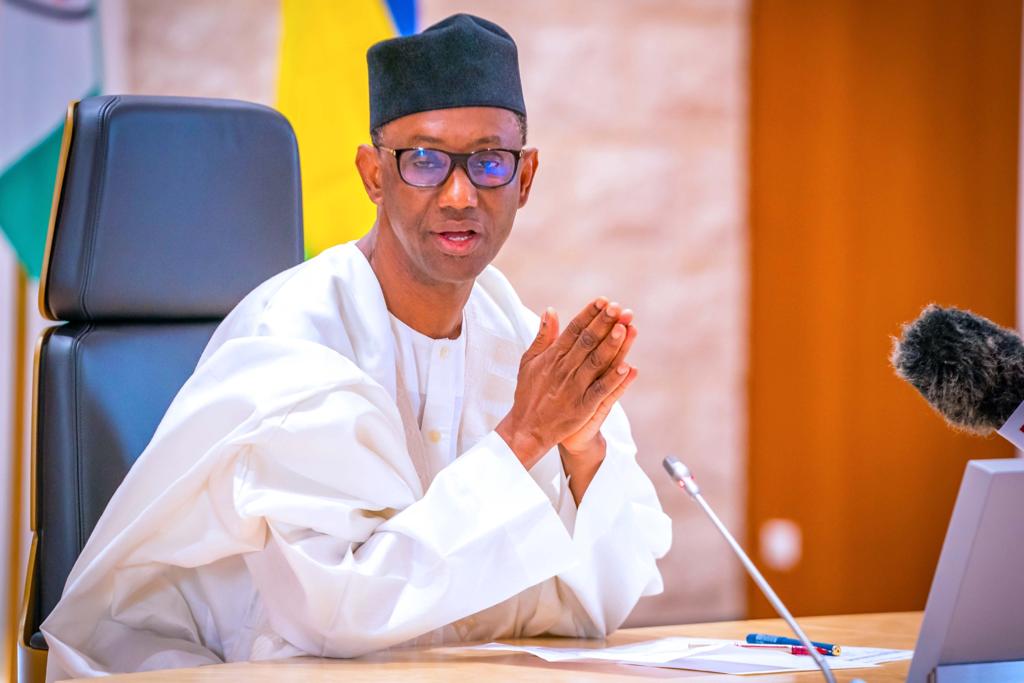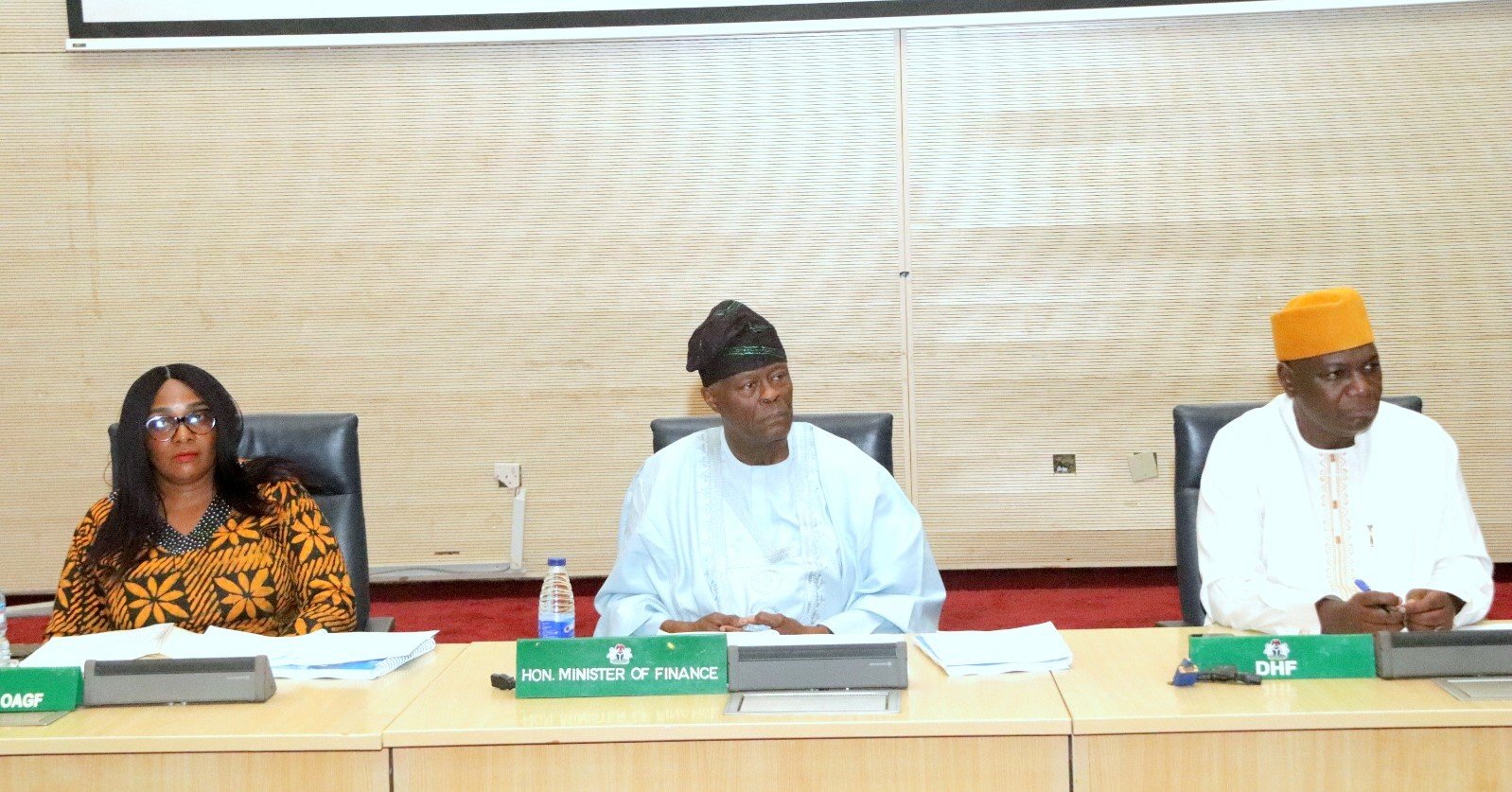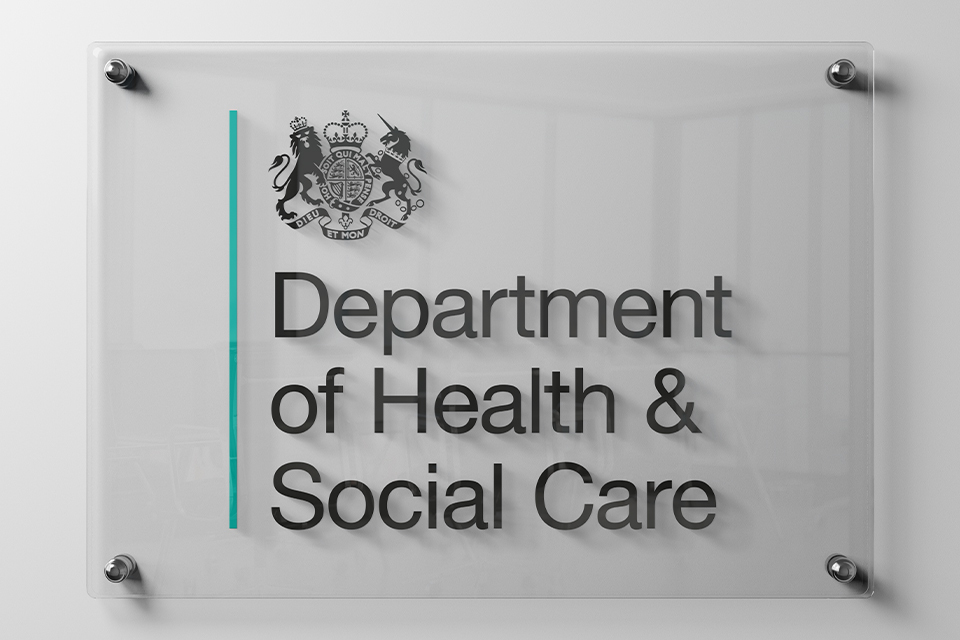Education spending in Pakistan hits new low with more than one in three children out of school - Save the Children - Pakistan | ReliefWeb
– Government spending on education in Pakistan has fallen to a new low in the past year despite being declared a national emergency with 26 million children - or more than one in three - out of school, one of the highest percentages globally, Save the Children said.
The percentage of GDP spent on education has fallen consistently since 2018 when it was 2% to 0.8%, according to the latest Pakistan Economic Survey. Since the start of the current fiscal year in July 2024 to March 2025, education expenditure fell by 29%. The UN-backed Incheon Declaration recommends that governments allocate 4-6% of their GDP to education.
Education in Pakistan is free and compulsory for all children aged five to 16 but a total of 38% of school age children are out of school, with more girls than boys not attending classes. In Balochistan in southwest Pakistan, 75% of girls are missing out on education.
Pakistan’s Prime Minister Shehbaz Sharif declared an ‘education emergency’ in May last year to increase school attendance, with only 60% of people in Pakistan able to read or write [1].
As well as missing vital education, being out of school increases the risk of children being forced into work and early marriage. Nearly one in 10 children aged 10 to 14 are working in Pakistan, according to government data from 2021, and an estimated 19 million girls are married before their eighteenth birthday – the sixth highest number of child brides globally [2] [3].
Schools in Pakistan have been affected repeatedly by closures, many driven by climate fueled emergencies such as heatwaves in 2024, which shuttered classrooms for about half of all school age children, and catastrophic flooding in 2022, which disrupted learning for about 2.9 million children.
In Khyber Pakhtunkhwa province in Northern Pakistan, Save the Children is rebuilding a school where more than two thirds of girls dropped out after the 2022 floods. The school’s headteacher, Gull Bibi*, 42, said:
“The building was badly damaged; the boundary wall has collapsed, and the foundations of the walls have deteriorated completely.
“If the school is reconstructed, repaired, and rehabilitated, I am confident that the 70% of girls who have dropped out will re-enroll to continue their journey of education, and new students will also enroll”.
Save the Children has repaired and rebuilt around 100 schools damaged or destroyed by the 2022 floods, including building a school for girls in Khyber Pakhtunkhwa and a climate resilient school in Sindh province, where more than 2 million children still lack adequate classrooms.
Khuram Gondal, Country Director for Save the Children Pakistan, said:
“When a government spends less than 1% of GDP on education, it’s not just cutting spending, it’s contradicting the Prime Minister’s commitment to tackling the ‘education emergency’ in Pakistan and get children into school.
“Education is one of the most powerful tools to break generational poverty – investing in children is investing in Pakistan’s future.
“Children in the poorest areas of Pakistan will be hit the hardest, and these are children who already face enormous hurdles to stay at school. With these cuts, those hurdles have got even higher.
“Pakistan needs urgent investment to get 26 million children into school. In 2024, the government said it aimed to increase the education budget to 4% of GDP by 2029. The government cannot break that promise to Pakistan’s children.”
Children in Pakistan urgently need more funding from international donors to be able to rebuild their communities in a way that withstand future climate shocks. Save the Children is calling on all stakeholders, governments, donors, and civil society organisations to urgently invest in education in Pakistan, especially for marginalised and climate-impacted children.
Save the Children has been working in Pakistan since 1979 and was the first international NGO to respond to the 2022 floods emergency, reaching more than 1.1 million people in flood-affected areas, including about 600,000 children. Save the Children co-leads the Education in Emergencies (EiE) Working Group in Pakistan.
Notes to editors:
* Denotes name changed to protect identity
[1] https://finance.gov.pk/survey/chapter_25/10_Education.pdf
[2]https://www.dol.gov/sites/dolgov/files/ILAB/child_labor_reports/tda2021/pakistan.pdf?utm_source
Rachel Thompson, Asia Pacific Media Manager










